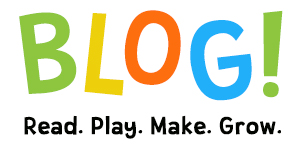-
11 Books to Read for National Native American Heritage Month
During Native American Heritage Month, and all year long, one of my top priorities is to ensure that the depictions of Indigenous and Native people in the books I read and promote are authentic and accurate. Many traditional Thanksgiving-themed books contain harmful portrayals and stereotypes of Indigenous and Native communities, but these contemporary #OwnVoices selections are written and/or illustrated, and celebrated by the communities they represent.
If you’re interested in learning more about how to interrogate children’s books that depict Indigenous and Native communities, I highly recommend American Indians in Children’s Literature, a blog run by Debbie Reese (Nambé Pueblo) and Jean Mendoza. Reese and Mendoza also adapted a book for adults by Roxanne Dunbar-Ortiz for a middle grade and young adult audience, called An Indigenous Peoples’ History of the United States for Young People, which chronicles the settlement of the “new world” from the perspective of Indigenous people, and highlights their resistance and resilience.
For more book recommendations, check out this book list from the American Indian Library Association, and the past and current winners of the American Indian Youth Literature Award.
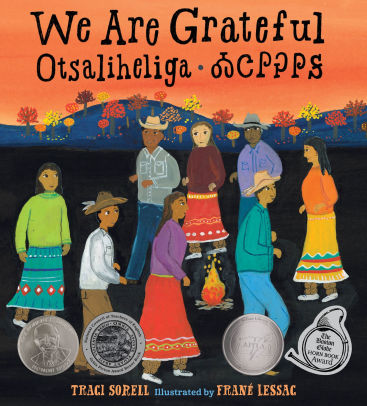
We are Grateful: Otsaliheliga by Traci Sorell, illustrated by Frane Lessac
Learn about a year in the life of contemporary Cherokee family, and the ways in which they express gratitude throughout each season.
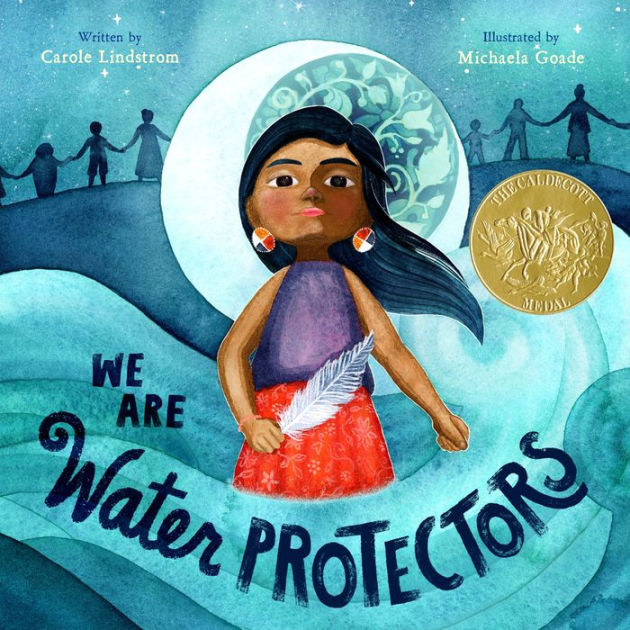
We are Water Protectors by Carole Lindstrom, illustrated by Michaela Goade
A powerful and poignant look at the Indigenous fight against the Dakota Access Pipeline, and the interconnectedness of all inhabitants of Mother Earth.

Fry Breadby Kevin Noble Maillard, illustrated by Juana Martinez-Neal
Fry bread might seem simple on the surface, but its history is not. Dive into this almost 150-year long tradition and its importance to Native American families of many different nations (Did you know there are about 573 federally recognized Native American tribes in the United States currently?). The author even includes his own recipe, so you can try it yourself!

A Day with Yayah by Nicola I. Campbell, illustrated by Julie Flett
Set in the Nicola Valley of British Columbia, Yayah takes her grandchildren on an adventure in nature, teaching them to forage plants and mushrooms, and sharing her vast knowledge of the natural world.
Jingle Dancerby Cynthia Leitich Smith, illustrated by Cornelius Van Wright and Ying-Hwa Hu
Jenna daydreams about jingle dancing, a tradition that is shared by the women in her family, and can’t wait until she can dance at the next powwow. The only problem is, Jenna doesn’t have enough jingles for her dress. Join Jenna as she collects all the jingles she needs on her journey to her first official jingle dance. A beautifully illustrated and heartwarming tale of tradition and family, with an author’s note about the origin and varying practices of jingle dancing at the end.

Bowwow Powwow by Brenda J. Child, translate by Gordon Jourdain, illustrated by Jonathan Thunder
Windy Girl loves to hear Uncle’s many vibrant stories while riding to the powwow with her dog Itchy Boy. One night after taking in all that the powwow has to offer, Windy falls asleep to the steady drumbeat, snuggled up with Itchy Boy, and dreams of jingle dancers, traditional dancers, a visiting drum group, and so much more--all of them with paws and tails, just like Itchy Boy! This is a joyful tale in celebration of the magic of the powwow.

At the Mountain’s Base by Traci Sorell, illustrated by Weshoyot Alvitre
At the mountain’s base, there is a Cherokee family living in a cabin, patiently weaving, singing, cooking, worrying, and waiting for the safe return of a relative serving as a pilot in the United States Armed Forces. This book pays tribute to Native women such as Ola Mildred “Millie” Rexroat, who have served, and continue to serve their country by going to war.
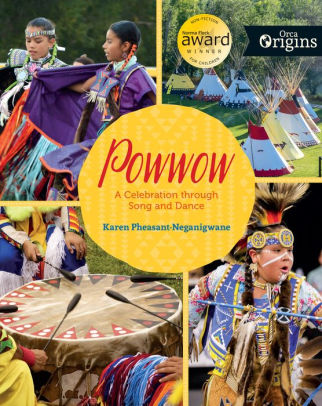
Powwow: A Celebration through Song and Dance by Karen Pheasant-Neganigwane
A comprehensive history of the Indigenous tradition of the powwow, from its origins, to a breakdown of powwow culture, to an explanation of various songs and dances, and a look at powwows as they occur in modern days throughout the United States and Canada. With the author’s family background and photos interspersed, this is a powerful and thorough tribute to the powwow.
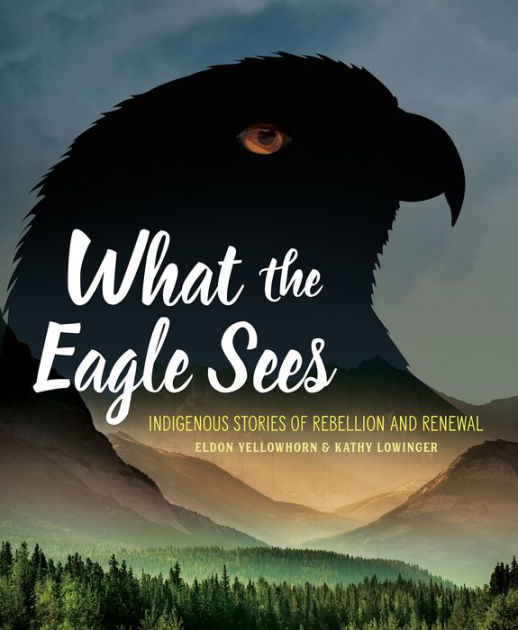
This is a nonfiction book that chronicles the many invasions that Indigenous people have faced throughout history, and how they defended themselves, fought back, and sustained their livelihood. From the Vikings to Christopher Columbus, just to name a few, these stories are all told from an Indigenous perspective, one that we don’t often see in many of our history books.
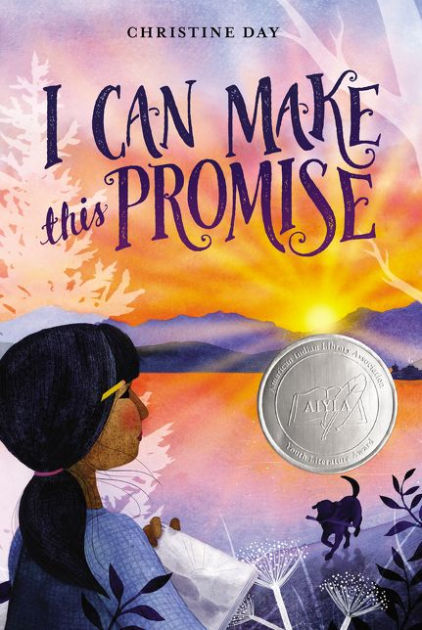
I Can Make This Promise by Christine Day
For most of her life, Edie has always known that her mom was adopted, and that Edie has Native American heritage, but that is pretty much the extent of her knowledge. Join Edie as she discovers a mysterious box in her attic, which contains a photo of a woman who looks just like her, and begins a journey to uncover her family’s history, no matter how difficult it may be.
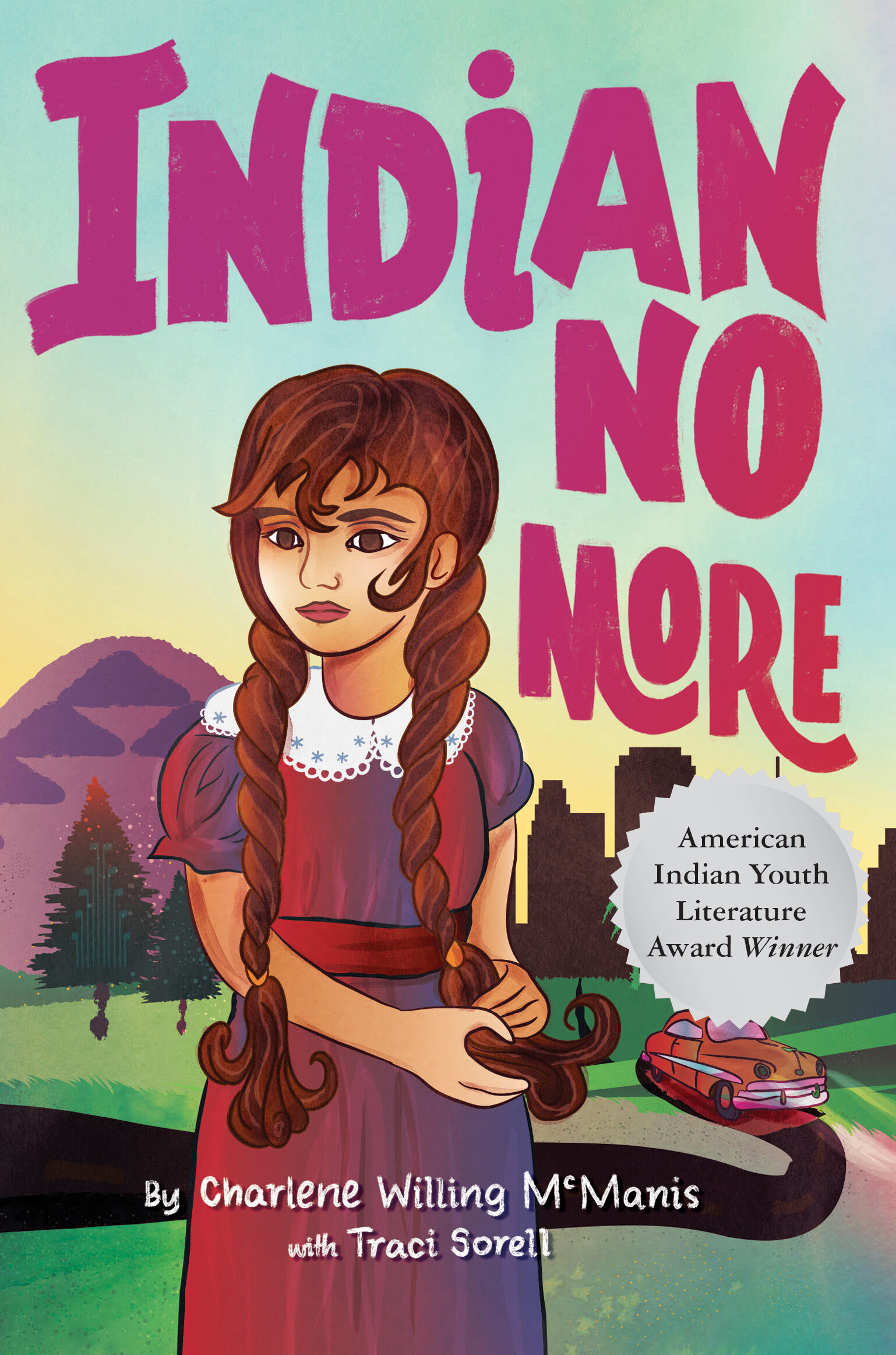
Indian No More by Charlene Willing McManis with Traci Sorell
A heartbreaking but necessary read, set in 1957, this book tells the story of Regina and her family, who are Umpqua and have always lived on the Grand Ronde reservation. Their world is turned upside down when a bill that is signed into law mandates that Regina’s tribe no longer exists, and they are displaced, having to move from Oregon to Los Angeles to find work. For the first time in her life, Regina has had to grapple with racism that is directed toward her, and the kids in her neighborhood, and must try to keep her Native identity alive in a completely unfamiliar and unwelcoming environment.
 Youth Services Assistant Librarian Stefanie
Youth Services Assistant Librarian Stefanie -
Daniel Tiger on Kanopy Kids: In Some Ways We Are Different, But In So Many Ways, We Are The Same!
Watch “Daniel’s New Friend” on PBS Kids, and come back to this blog post to enjoy some family activities that will enhance your child’s learning around the episode.

Here are some questions that will help you unpack some of the topics in the episode with your child.
- What does it mean to be alike and different? Ask your child(ren) how the characters in the show are alike? How are they different?
- Talk to your child(ren) about things that they have in common with their family or friends. What do you all like or do that is the same? Then ask them about the ways in which you all are different. Do you have different hair colors, have a different favorite food, or are you different heights?
Below are some other activities to try as a family.
- Check out the activities on thePBS Kids: Life’s Little Lessons Family Activity Guide.
- Grownups: Check out the first installation of our Keep It Real: Preparing Kids for a Diverse World program, on Tuesday, October 27 at 7:30pm, in collaboration with Be the Change Barrington, where participants will read and discussRaising White Kids by Dr. Jennifer Harvey.
- Explore the resources onPBS Kids Talk About Race and Racism, especially thisdiscussion guide.
Here is some further reading on the topics discussed in the episode.
 Youth Services Assistant Librarian Stefanie
Youth Services Assistant Librarian Stefanie

